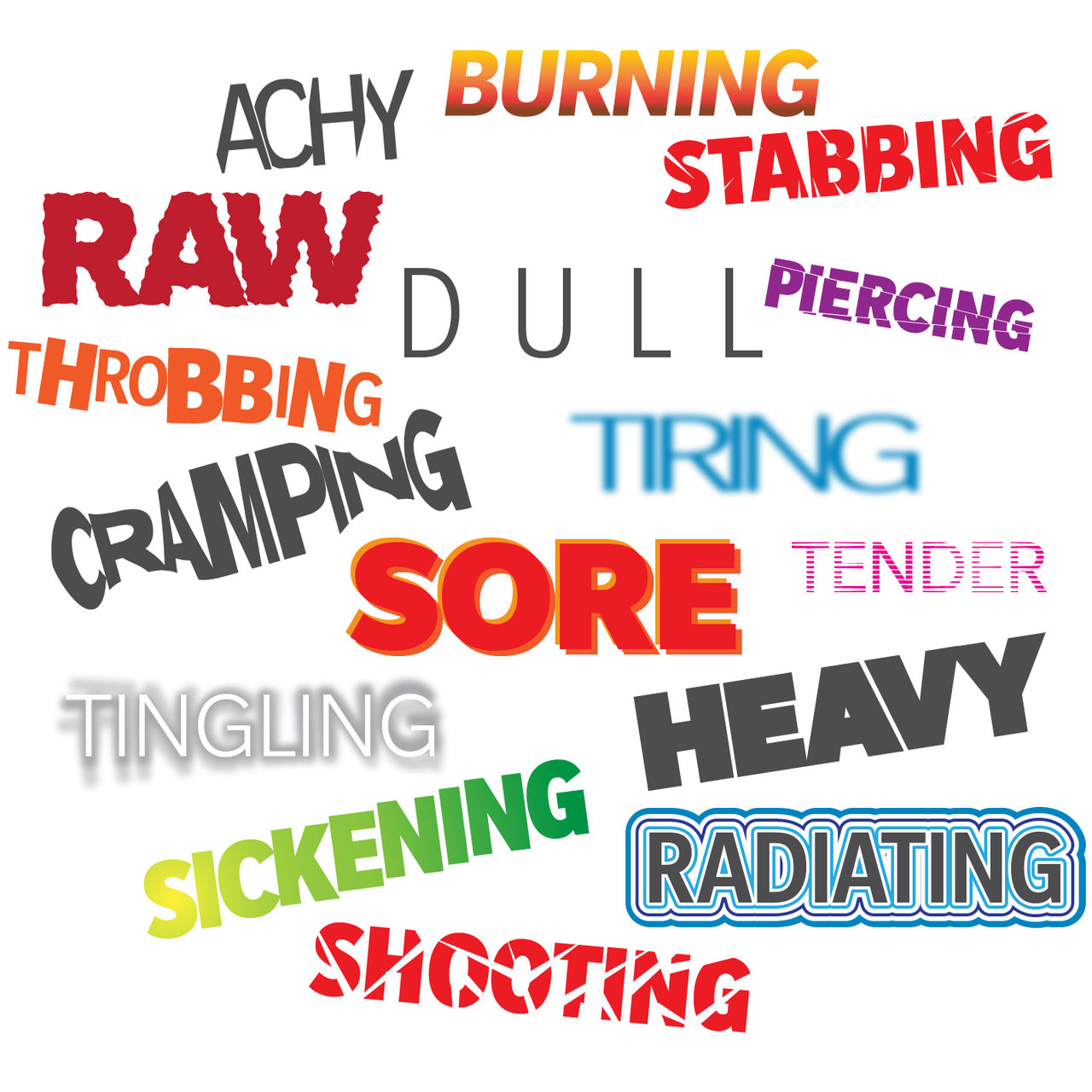Pain Isn't "Weakness" Thoughts for When You Struggle to Explain Your Pain
Ever feel like you can’t quite explain your pain to those around you? If so, here are a few things to consider.
Ever feel like you can’t quite explain your pain to those around you? If so, here are a few things to consider.
In Western culture, many people believe that pain is something to be ignored, pushed through, or even embarrassed about. We're told to "grin and bear it," as if that's all we need to solve our problem.
Many people living with chronic pain try to hide how much they're suffering because they don't want to appear "weak" to others. It's often the case (or at least perceived to be) that others don't want to hear about our pain, especially if we've been dealing with this pain for a long time.
The truth is, chronic or persistent pain is extremely common and affects 1 in 5 American adults, according to the U.S. Centers for Disease Control and Prevention (CDC).1 If you're among this demographic, then it's helpful to be able to voice your experience and concerns to others.
So, whether you're talking to your doctor, your spouse, or another trusted confidant, here are 5 ways to help you talk about your pain to help other people understand what you're going through.
Doctors, physical therapists, and other healthcare providers often ask patients to describe their pain. This isn't just a way to monitor a person's symptoms—in some cases, pain descriptors can be useful during the process of diagnosis (that is, figuring out what's causing a person's pain).
Patience with yourself can go a long way if you’re having a hard time describing your pain to other people. Get curious about your pain … try asking yourself questions about your pain and see if you can accurately describe it. This may help you find a more accurate way to describe it.
Need some prompts? Here are some common words people use to describe their pain:2

You can also use descriptors like the numeric pain scale ("rate your pain on a scale of 0 to 10, if 0 is no pain and 10 is the worst pain you've ever felt")8 or the Wong–Baker Faces Pain Rating Scale9 (which uses images of faces progressing from happy to sad) to help you clarify what your pain experience is like.
What makes your pain worse? What makes your pain better? Does is stay in the exact same place or radiate out to other areas? Many people experience less or more pain depending on factors like:3-4
How does your pain affect your daily life? Does it limit your ability to get out of bed, get dressed, perform work duties, or stay present while with your family? Has your social life, sex life, career, and other areas of your life been negatively affected by your pain? If pain does impact you, are you willing to ask for help?
Consider that "toughing it out" and struggling to do things on your own might decrease the quality of your performance (e.g., from pain distracting you at work) or even make you unsafe (e.g., by increasing your risk of falls5). Both of these unexpected outcomes can negatively impact other people, too—so assuming that by not asking for help you're "sparing" others any trouble, may become a larger problem.
We often try to ignore our pain because we don't understand it or are fearful about what it could mean. A good antidote to this is to educate yourself about pain6, including how it develops and how it relates to your underlying condition. Your doctor or physical therapist can be a great resource for helping you learn about the biological roots of pain and understand why you hurt.
What do you tell yourself about your pain? Do you make it an enemy? Do you tend to catastrophize your pain ("my life is over") or assume your pain is due to some "worst case" scenario? A person's beliefs and perceptions about pain can dramatically affect their symptoms.7 So, questioning and changing the way you think about your pain can be a helpful step.
Pain is information—not a moral failure or sign of weakness. If you struggle to accept or talk about your pain, reach out for help.